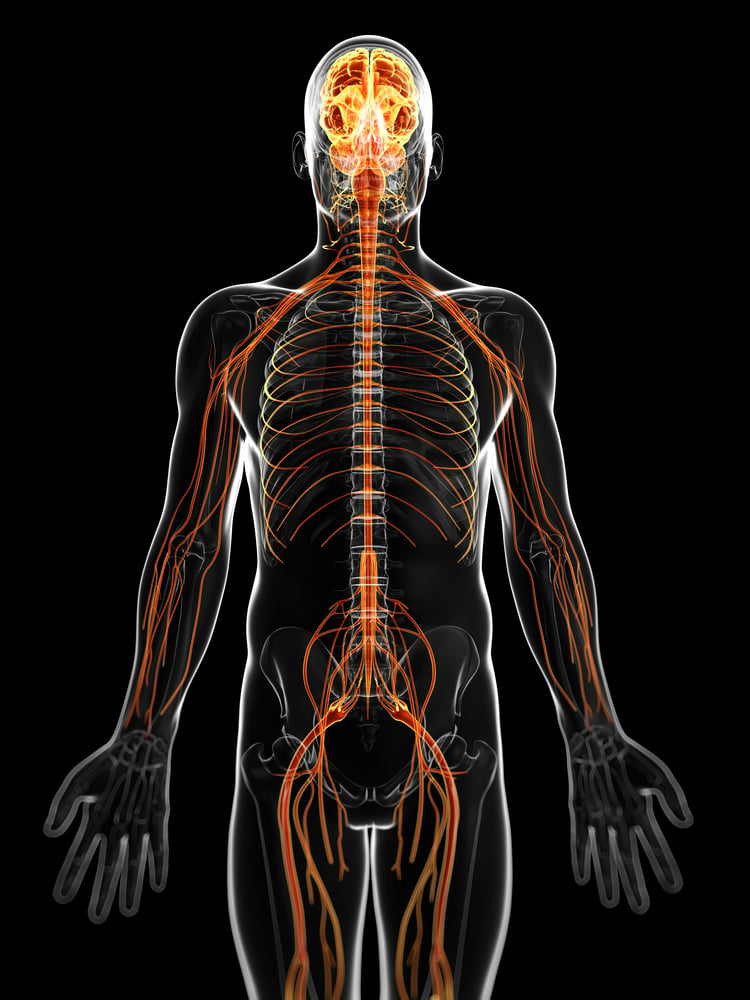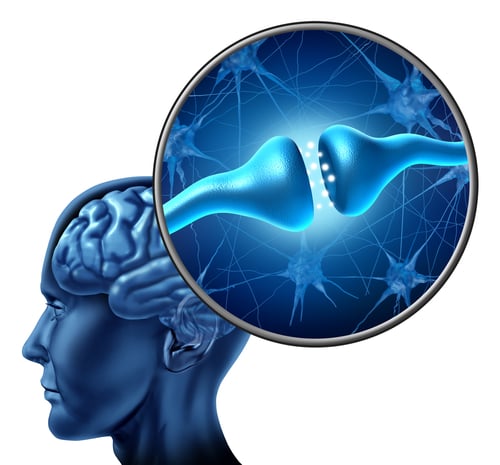Perhaps you wondered why and how cannabinoids have benefits to our health.
Our body has a system known as the endogenous cannabinoid system. It is a receptor network within our body and responsible for the maintenance of general health, thus it is possibly one of the most import physiological systems in our bodies. This system, named after cannabis, the plant that led to its discovery, runs through our entire body. It has a multitude of tasks, but its main aim is to maintain homeostasis – the regulation and maintenance of a stable environment within the human body.
Cannabis and the endocannabinoid system
 The similarity between the names is the first thing that catches the eye. This is because the cannabinoids contained in cannabis are extremely similar to the ones our bodies naturally produce themselves – the endocannabinoids. „Endo“ is the short form for endogenous, which is greek and means “proceeding from within”, meaning substances the body produces by itself. Outside of a living body, cannabinoids have only ever been found in cannabis, hence the name.
The similarity between the names is the first thing that catches the eye. This is because the cannabinoids contained in cannabis are extremely similar to the ones our bodies naturally produce themselves – the endocannabinoids. „Endo“ is the short form for endogenous, which is greek and means “proceeding from within”, meaning substances the body produces by itself. Outside of a living body, cannabinoids have only ever been found in cannabis, hence the name.
It was the particular way cannabinoids from cannabis interact with our system that led to the realization, that we have our own natural form of cannabinoids. When cannabinoids are introduced into our bodies, interacting with the endocannabinoid system, we feel the physiological and psychoactive effects of marijuana. A very basic way of looking at it is like this: the body creates endocannabinoids to regulate and modulate its own system, when we introduce cannabinoids from cannabis, we are effectually putting the system into overdrive, by increasing the amount of cannabinoid presence.
CB1 and CB2 receptors
 The endocannabinoid system is composed of different receptors, each interacting with cannabinoids in different ways and causing different results, but all with the same goal in mind – homeostasis. The two main receptors within the system are known as CB1 and CB2 receptors. CB1 receptors are mainly present in the brain and nervous system, whilst CB2 receptors are part of our immune systems. It is the way that these receptors bind and interact with the different cannabinoids within marijuana that cause the holistic and profound effects we can feel from it. It is because of the way THC, CBD and the many other lesser-known cannabinoids interact with our body system – quite often to our benefit. This is what cause cannabis to have such wide implications into medial science.
The endocannabinoid system is composed of different receptors, each interacting with cannabinoids in different ways and causing different results, but all with the same goal in mind – homeostasis. The two main receptors within the system are known as CB1 and CB2 receptors. CB1 receptors are mainly present in the brain and nervous system, whilst CB2 receptors are part of our immune systems. It is the way that these receptors bind and interact with the different cannabinoids within marijuana that cause the holistic and profound effects we can feel from it. It is because of the way THC, CBD and the many other lesser-known cannabinoids interact with our body system – quite often to our benefit. This is what cause cannabis to have such wide implications into medial science.
The implications
What all of this shows, is that cannabis is not just on this planet to get us high (although many do love to do so). Quite amazingly, research has shown that cannabis plants use the cannabinoids within their own systems to maintain and promote healthy growth within themselves. It seems like cannabinoids work for us similarly than for cannabis itself. Backed by long historical use, a large body of scientific research seems to affirm the medicinal potential of cannabis in aiding a large range of ailments, such as epilepsy and diabetes.
But due to slanderous politicians and greedy businesses giving cannabis a bad name, much needed research has been suppressed. Fortunately, this negativity is now being slowly unraveled, with more and more grounded, scientific research being conducted into the properties of cannabinoids and how they benefit the body. As a result, many countries, including the US, are now beginning to see marijuana for what it really is. Did you know that recent research has shown that cannabinoids can act as a preventative measure to cancer, as well as help reverse the brain damage caused by alcohol? And this is only scratching the surface, scientists are finding new uses and implications all of the time – we should be in for some pretty exciting times!
 Based on +200
reviews
Based on +200
reviews

